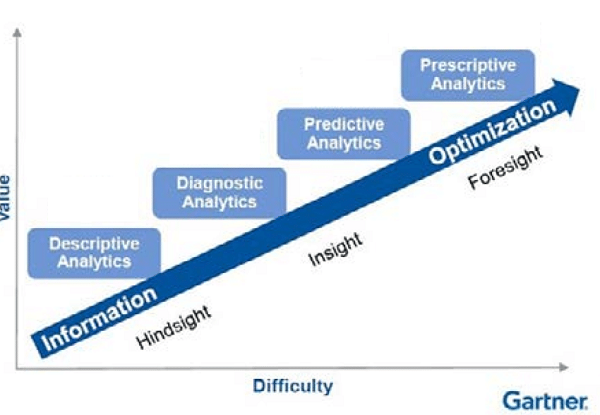Not quite ready for IBM Planning Analytics Workspaces? You have options.
If you are one of the 70% of IBM customers who hasn’t yet migrated to Planning Analytics Workspaces from IBM TM1 Web or IBM Executive Viewer you haven’t done so for one or more of the following reasons.
- You like what you’re currently using.
- You’re not quite ready to adopt analytics.
- You don’t like Planning Analytics Workspaces.
If this is your situation, you now have a dilemma. You can’t maintain your Planning Analytics Local (PAL) server under your current maintenance and support agreement as newer versions do not support TM1 Web or Executive Viewer.
How has IBM gotten you into this situation?
IBM TM1 had too many user interfaces. This should not be a surprise to anyone familiar with the IBM TM1 / Planning Analytics (PAL) product. Something had to change and IBM took action. IBM Executive Viewer is no longer sold, supported or compatible with the latest version of PAL. IBM TM1 Web is no longer sold and it is not compatible with the latest version of PAL.
The only option according to IBM was to migrate to Planning Analytics Workspaces if you continued to require a browser-based user interface or want to use attribute hierarchies with some UI other than PAX. Yes, IBM made it easy to migrate. Yes, IBM offered customers major financial incentives to migrate. IBM did everything possible to mitigate the pain associated with customers upgrading to PA Workspaces. The question that begs asking is did the migration benefit the customer or IBM?

IBM would argue that by migrating to Planning Analytics Workspaces, organizations can take advantage of the benefits that come along with adopting Planning Analytics’ new baked-in analytic capabilities provided, courtesy of IBM Watson. Frankly, I couldn’t agree more. The reality of it all is that not all customers are ready for analytics. IBM knows this better than most. Many prognosticators, including Gartner discuss an organizations analytics quotient which essentially represents where they are on their own path of adopting analytics within their daily decision-making processes and what forms of analysis they use (i.e. descriptive, predictive or prescriptive).
Where then does this leave you, the IBM customer? If you’re among the 70% and would like to know what options you have other than Planning Analytics Workspaces, then Decision Systems Inc. is here to offer you an alternative. Decision Systems has been working with TM1 / Planning Analytics for 30 years and has the answers to your TM1 / Planning Analytics questions. To learn about alternatives to Planning Analytics Workspaces, click here.
